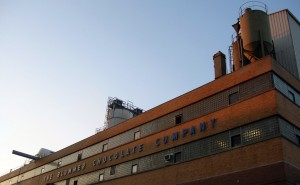I started working in Chicago in the early ’90s. At that time, we had a hangover from the ’80s building boom, with a number of completed but vacant buildings. Our firm moved in at 161 N Clark Avenue, the Chicago Title and Trust Building, which was almost totally empty at the time. I remember walking through the floors and around the halls to get a 360 degree view of the city. Later Accenture (the consulting firm) moved in and ultimately the building seemed to get totally filled up.
After the ’80s building boom which tailed off in the early ’90s, Chicago construction went dormant. Nothing significant seemed to get built for a few years since no one could put an economic case together for more building while so much was vacant.
In the late ’90s and into the ’00s, Chicago construction boomed again. Per this Chicago Tribune article,
For a decade now, Chicago has been on an astonishing building binge. Since 1998, developers here have completed or started construction on more than 195 high-rise buildings, according to the Emporis building database. (A high-rise is defined as a building at least 12 stories tall.) That’s more high-rises than there are in all of Detroit (132), St. Louis (106) or Milwaukee (83).
But now it is all grinding to a halt. Some sky scrapers are stalled for lack of funding:
Work also is frozen at 111 W. Wacker Drive, home to Chicago’s other stalled supertall skyscraper, the Waterview Tower and Shangri-La Hotel. (To be considered “supertall,” a skyscraper needs to be at least 1,000 feet high.) … the project is stuck on the 26th floor, its exposed concrete frame looming over Wacker … (the project requires more) than $300 million in construction financing to finish the job.
Here is a view of the construction of the Shangri-La from my window… note the other building still under construction on the left.
